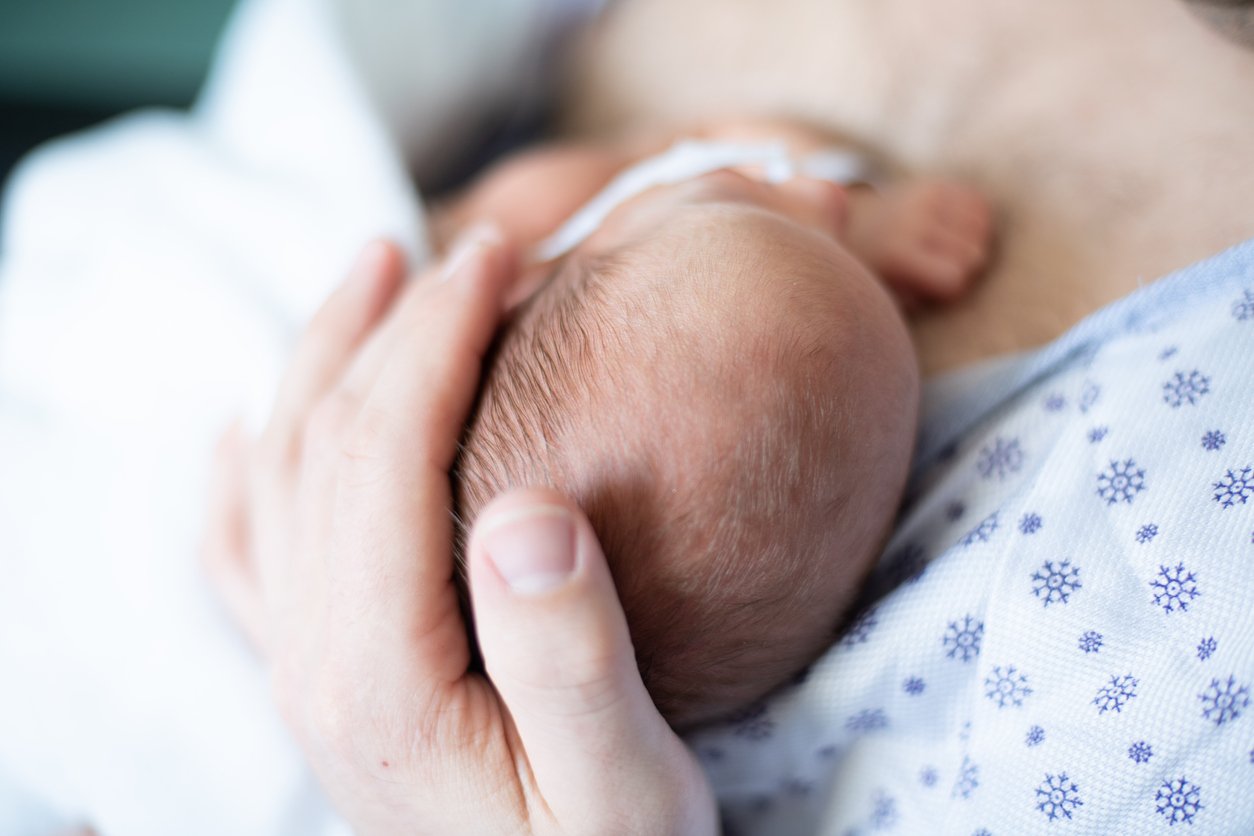Retinopathy of Prematurity: Everything New Parents Need to Know

When a baby is born more than two months prematurely, there is an increased chance they will be born with a condition known as retinopathy of prematurity (ROP), which is characterized by the growth of abnormal blood vessels in the fetal retina. Although many cases of ROP are mild, with very little impact on vision, there are more aggressive cases that result in eye damage or even blindness.
What Is ROP?
The retina lines the back of the eye, where it captures information in the form of light and sends it to the brain, which organizes and translates the information into an image. When growing in the womb, a baby’s eyes begin to develop between the fifth and eighth months of gestation, eventually leading to the full formation of the retina, lens, iris, cornea, and pupil. The fetal retina begins to grow blood vessels at around the sixteenth week of pregnancy and will continue to grow throughout the rest of the pregnancy.
However, when a baby is born prematurely, retinal blood vessel growth may be hindered, and vessels may grow where they aren’t supposed to. Bleeding from these abnormal vessels may scar the retina or even cause retinal detachment and possible vision loss.
Over time, the effects of ROP may lead to:
- Retina damage or detachment, causing permanent vision loss
- Nearsightedness, or myopia
- Amblyopia, also known as a “lazy eye”
- Crossed eyes, or strabismus
What It Means for My Child
Many children born with ROP have mild cases and will see normally for their age. However, premature babies who are severely underweight or ill are the most vulnerable to developing a more advanced case of ROP. Furthermore, if the condition is severe or left untreated, it may become more serious. Signs that an infant has a more advanced case of ROP include:
- White scarring or discoloration of the pupil
- Involuntary eye movements
- Inability to respond to light correctly
How Is ROP Diagnosed?
When babies are born prematurely, they are sent to the hospital’s neonatal intensive care unit, or NICU (NICU), where they undergo testing to quantify their overall health. This usually includes an eye exam to determine if there are any vision issues or retinal problems. The ophthalmologist will put eye drops in the baby’s eye to dilate the pupil to get a better look at the retina and vitreous. The doctor may also use digital imaging to capture images of the retina so that they can be analyzed by an ROP specialist.
Treatment Options
If your child has an advanced case of ROP, your doctor may recommend a few different treatment options. The most common treatment for advanced ROP is laser therapy, which involves burning the peripheral retina to protect it from abnormal blood vessel growth. Laser therapy has been the standard of treatment for ROP since the early 1990s and is considered to be highly effective, as it can prevent retinal detachment in about 90% of cases. Furthermore, this procedure has very few long-term side effects.
In more recent years, some doctors have started to use anti-vascular endothelial growth factor (anti-VEGF) injections such as Avastin (bevacizumab) and Lucentis (ranibizumab) to disrupt the growth of abnormal blood vessels. Although anti-VEGF medications are considered the standard of care for many retinal conditions, including proliferative diabetic retinopathy and wet age-related macular degeneration (AMD), this method of treatment for ROP is still being investigated through research.
If your child has been diagnosed with retinopathy of prematurity and you would like to connect with a retina specialist in Northern California, contact Retinal Consultants Medical Group today.


